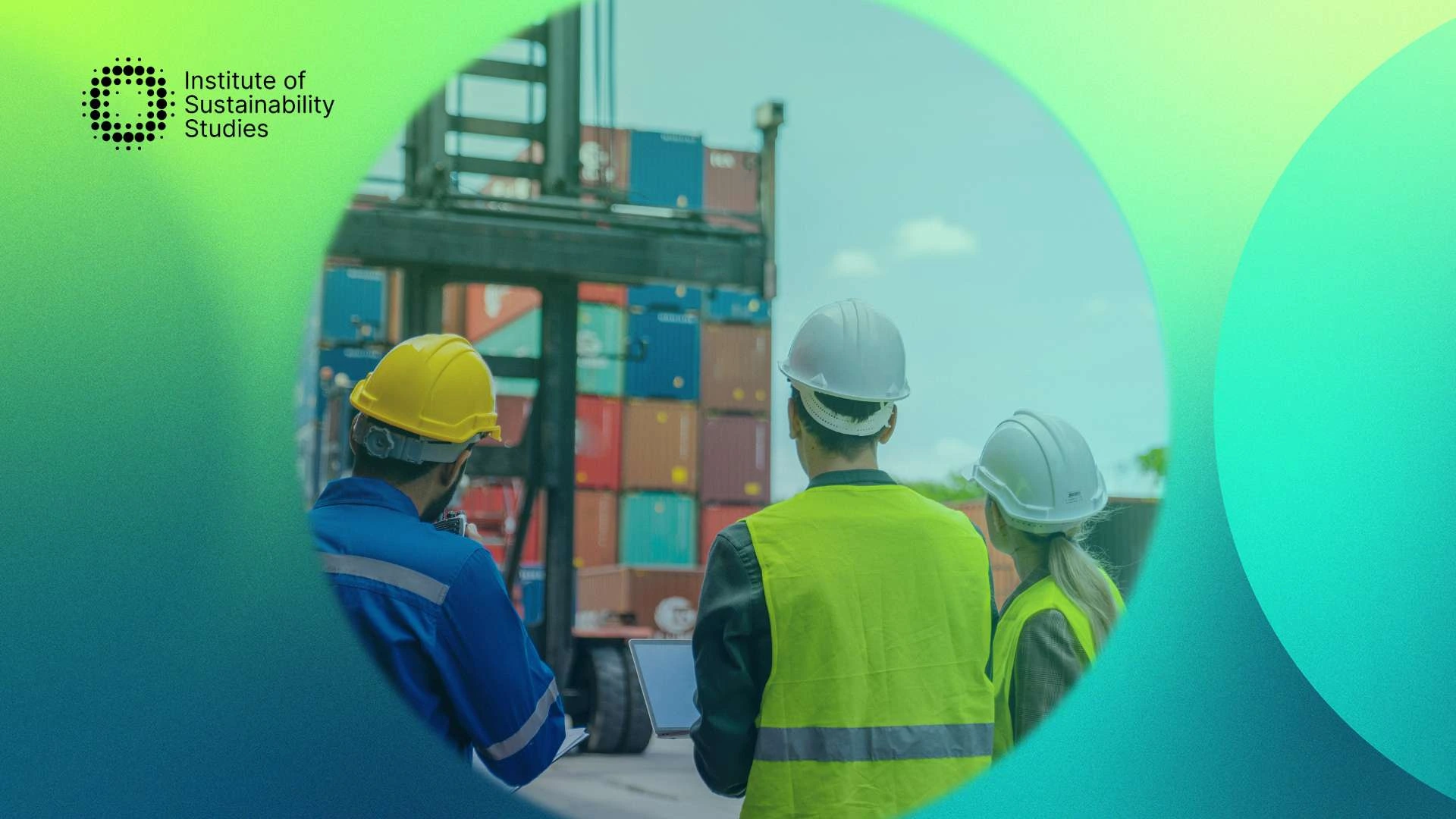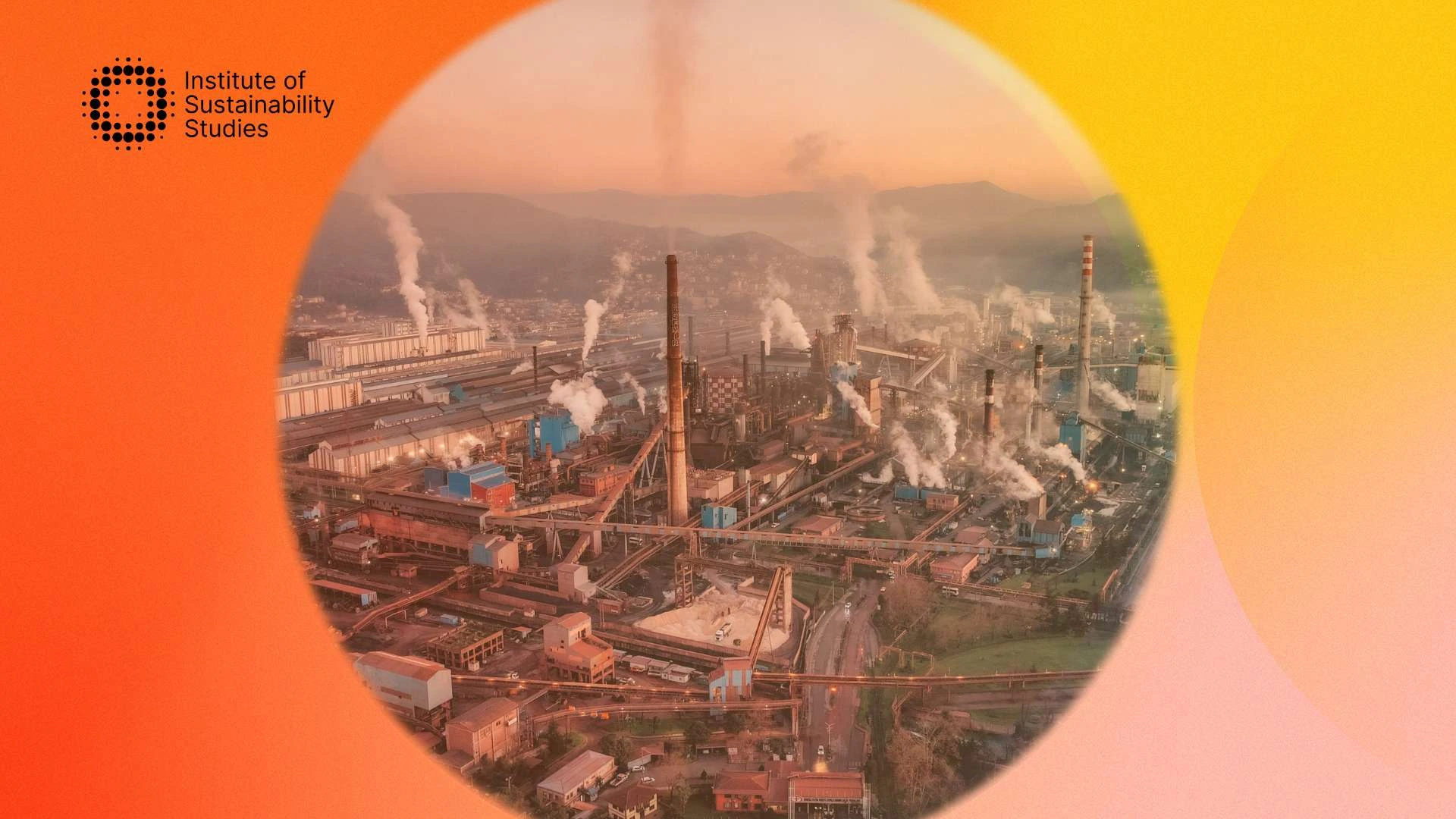The global population continues to grow, and so does the amount of food waste we generate, exacerbating environmental, economic, and social challenges. Food waste represents a lost opportunity to feed millions of people and a significant strain on our planet’s resources. From contributing to climate change to depleting the soil of essential nutrients, the repercussions of food waste are vast and far-reaching.
In response to this growing crisis, many enterprises worldwide are championing business sustainability by leveraging innovative technologies that offer new ways to recycle and repurpose food waste. Continue reading to learn about five cutting-edge technologies that are transforming what was once considered a burden into valuable resources.
The global food waste crisis and current state of food waste recycling
The global food waste crisis is one of the most pressing environmental, economic, and social challenges of our time. Each year, approximately one-third of all food produced for human consumption (equivalent to about 1.3 billion tonnes) is lost or wasted globally. This staggering figure highlights the inefficiencies in our food systems and highlights the urgent need to find ways to reduce waste and enhance food security.
Moreover, the economic impact of food waste is equally significant. It is estimated that food waste costs the global economy roughly $1 trillion annually. This encompasses the value of the wasted food as well as the associated costs of production, transportation, and disposal. Food waste already contributes substantially to environmental degradation. Research finds it is responsible for between 8 to 10 percent of global greenhouse gas emissions.
It has been said that if food waste was a country, it would be the third-largest emitter of greenhouse gases, behind only the United States and China. Despite the severity of the food waste crisis, progress in food waste recycling remains slow and uneven. In many parts of the world, food waste is still sent predominantly to landfills. When food waste is disposed of in landfills, it decomposes anaerobically and produces methane, a greenhouse gas with a global warming potential significantly higher than carbon dioxide.
5 innovative food waste recycling technologies
There are some promising innovations in the works globally to address the food waste crisis. Below, we break down five of them and spotlight their potential impact.
Anaerobic digestion
Anaerobic digestion is a process that converts organic waste, including food waste, into biogas and nutrient-rich digestate. This technology uses microorganisms to break down food waste in an oxygen-free environment, producing biogas that can be used as a renewable energy source and digestate that can be used as a fertiliser. Companies such as Quasar Energy Group in the U.S. and Bioenergy DevCo are at the forefront of implementing this technology on a large scale.
In-vessel composting
In-vessel composting is a controlled process that rapidly decomposes food waste in an enclosed environment, producing compost that can be used to enrich soil. The technology allows for precise control of temperature, moisture, and airflow, speeding up the composting process while minimising odours and pathogens. This method is particularly beneficial for urban areas with limited space, as it allows for efficient, large-scale composting of food waste. OREGON Green Fertilizer is one company using this process to transform food waste into high-quality compost.
Black Soldier Fly (BSF) bioconversion
Black Soldier Fly larvae are used to convert food waste into protein-rich animal feed and organic fertiliser. The larvae consume large amounts of food waste, rapidly reducing its volume and producing valuable by-products. Companies such as Ynsect and AgriProtein are embracing BSF bioconversion to help close the loop in the food production cycle.
Food Waste-to-Biochar
Biochar is a carbon-rich material produced through the process of pyrolysis. This is when organic matter is subjected to heat in the absence of oxygen. When the process is carried out with food waste, it not only sequesters carbon but also produces biochar.
This can be used as a soil amendment to enhance soil health and curb greenhouse gas emissions. With this in mind, Food Waste-to-Biochar can be seen as a tool for climate mitigation. Carbon Gold is one company pioneering this technology by transforming food waste into a valuable resource for agriculture and environmental management.
Food Waste-to-Ethanol Conversion
This technology involves fermenting food waste to produce ethanol, a renewable biofuel. The process typically uses yeast to convert the sugars in food waste into ethanol, which can then be used as a sustainable alternative to fossil fuels in transportation.
Biochemtex is an Italian company that has been at the forefront of developing and commercialising advanced biochemical and biofuels processes. One of their key innovations is the conversion of food waste and other organic residues into bioethanol through their proprietary technology, PROESA.
Conclusion – The future of food waste recycling
The future of food waste recycling is brimming with possibilities, driven by a combination of innovative technologies and a growing recognition of the need for sustainable practices. Driving the acceleration of these technologies will not only lead to the emergence of more practical solutions to the food waste crisis but also opportunities for business growth.
Ultimately, by embracing these innovations, we can turn the tide on food waste and establish an Earth where resources are used efficiently, ecosystems are safeguarded, and economic prosperity is achieved sustainably. If you would like to dive deeper into the topic of food waste, check out our webinar replay titled ‘Food Waste – The Elephant in the Corner’, facilitated by Paul Butler here.










